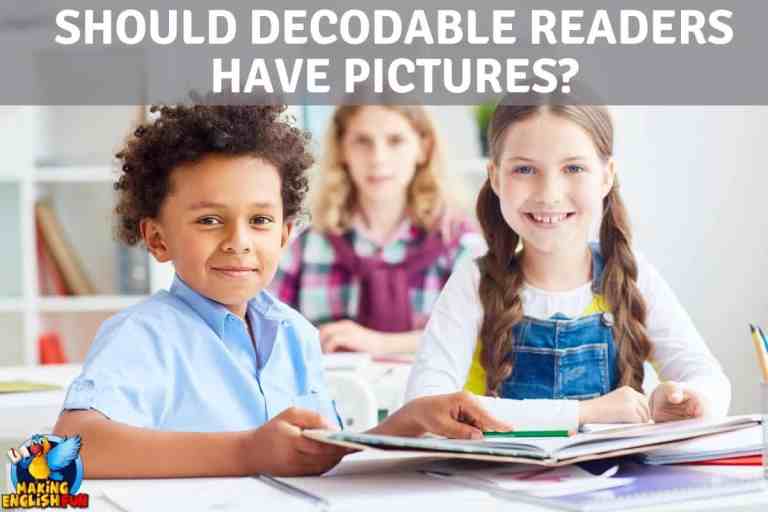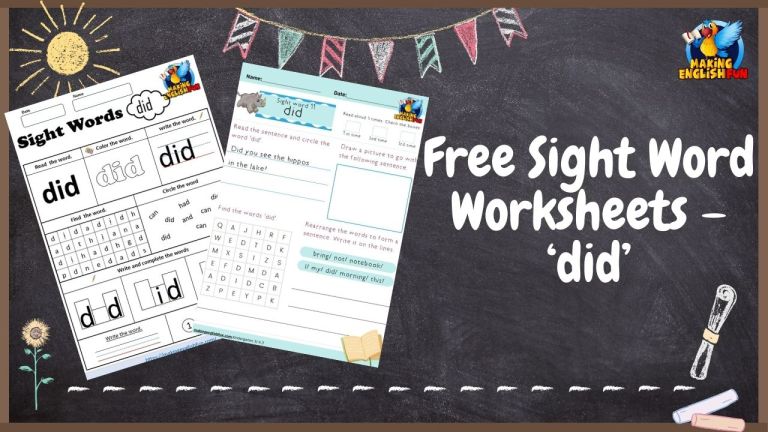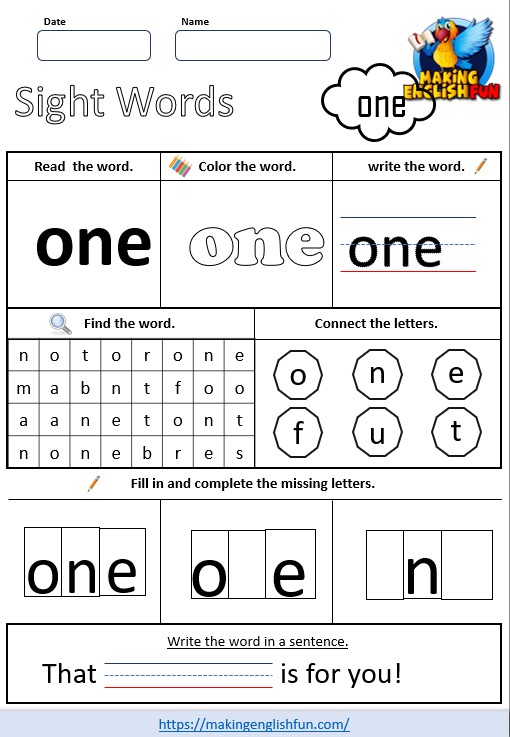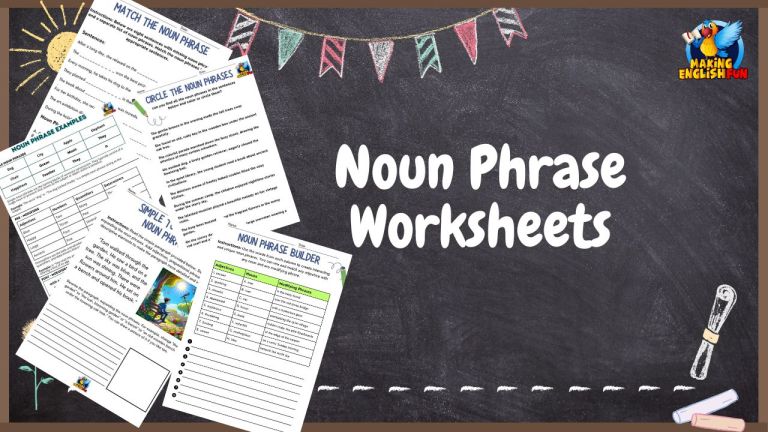FREE Printable Kindergarten Sight Word Worksheet – “Came”
The sight word “came” is essential for Kindergarten students, representing the past tense of “come,” indicating movement towards the speaker or towards a specific place or situation in the past.
This guide, created for educators, ESL instructors, and parents, provides a printable worksheet to help children master “came,” thereby enriching their ability to discuss past movements, events, and transitions.
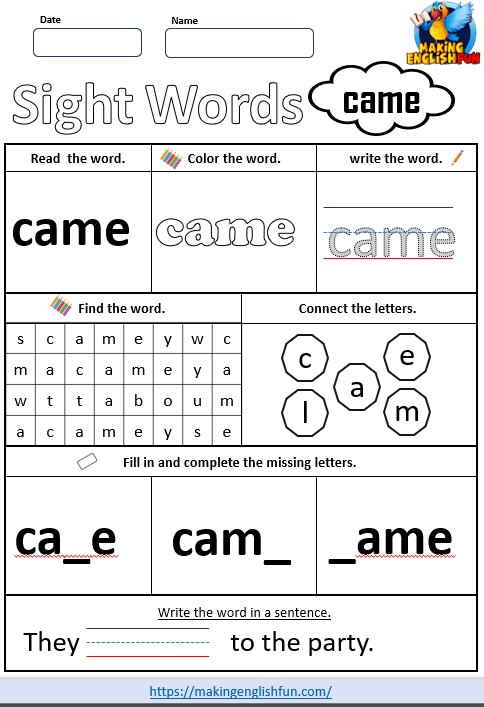
You can see the full Kindergarten Dolch Sight Word worksheets sets on the links below.
Importance of Sight Words
“Came” plays a significant role in developing reading fluency and comprehension, offering students a verb that’s key for describing past events or actions involving movement.
Mastery of “came” at the Kindergarten level is crucial for understanding narrative sequences, enhancing storytelling, and fostering temporal awareness.
Overview of “Came”
| Aspect | Details |
|---|---|
| Sight Word | “came” |
| Meaning | The past tense of “come,” used to describe movement towards the speaker or a particular location in the past. |
| Example | “She came to my house yesterday.” / “The cat came when I called.” |
| Type of Word | Verb (Past Tense) |
This table offers a concise overview of the sight word “came,” emphasizing its significance in enabling Kindergarten students to articulate and comprehend discussions involving past movements or arrivals.
Free Sight Word ‘Came’ Worksheet
This worksheet dedicated to “came” features targeted exercises designed to deepen students’ understanding of this past tense verb.
Such resources ensure that learners can effectively engage with texts and conversations that involve recounting past events or describing how someone or something moved towards a location.
You can download the printable sight word worksheet below and there are links to full sets of sight word worksheets above and below.

‘Came’ Worksheet Activities
Included in the worksheet are:
- Tracing tasks for hands-on interaction with “came.”
- Recognition exercises to enhance the ability to identify “came” within various contexts.
- Sentence construction drills utilizing “came,” reinforcing its use in expressing movements or actions in the past.
Complementary Educational Tools
To supplement the learning experience with “came”:
- Interactive Digital Tools: Platforms that feature “came” in scenarios exploring historical events, personal narratives, or interactive storytelling, promoting comprehensive understanding.
- Flashcards: Quick-reference cards showcasing “came” for effective practice and language reinforcement.
- Curated Reading Materials: Books and stories that utilize “came,” encouraging its application in reading and fostering discussions about past experiences, actions, and movements.
Understanding Kindergarten Sight Words, Dolch Words, and High-Frequency Words
| Term | Definition | Key Characteristics |
|---|---|---|
| Dolch Words | A list of 220 words compiled by Edward William Dolch, Ph.D., considered essential for reading fluency. | – Specifically chosen to enhance reading proficiency. – Includes pronouns, adjectives, adverbs, prepositions, conjunctions, and verbs. – Does not categorize by grade level but is often introduced according to grade. |
| Sight Words | Words that are recognized instantly by sight without needing phonetic decoding. | – Can include Dolch words and beyond. – Aimed at enhancing reading speed and comprehension. – Often taught as part of early reading curricula. |
| High-Frequency Words | Words that appear most frequently in written material. | – Includes a mixture of Dolch words and other commonly used words. – Focuses on the practical aspect of reading frequency. – Often tailored to specific age groups or reading levels. |
Conclusion
The “came” worksheet is an invaluable resource in the Kindergarten sight words curriculum, assisting educators, parents, and caregivers in teaching students about the nuances of past tense and movement.
Mastery of “came” not only supports literacy development but also enhances students’ narrative skills and temporal understanding, significantly contributing to their ability to recount events and describe past actions accurately.

